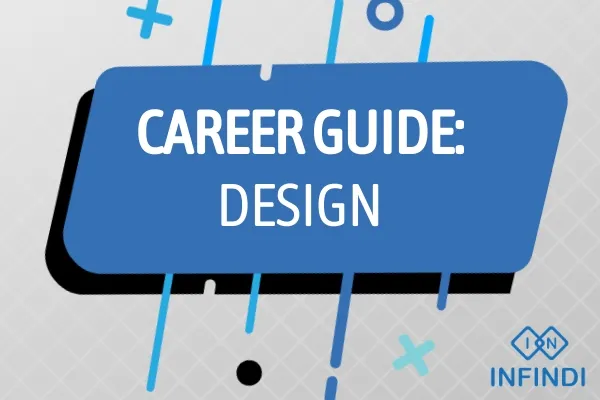For those with a creative flair and a passion for visual expression, careers in design offer a vibrant and fulfilling path. Whether you’re an experienced design professional or someone exploring entry-level opportunities, understanding the intricacies of jobs in design is essential. This article aims to provide a comprehensive guide to design jobs, addressing duties, salary expectations, job descriptions, skills, qualifications, education and training requirements, experience prerequisites, frequently asked questions, and daily tasks.
1. Duties and Responsibilities
Design professionals play a crucial role in bringing ideas to life through visual communication. Common duties and responsibilities include:
- Conceptualization: Generating and refining creative concepts for visual projects.
- Graphic Design: Creating visual elements for print and digital media.
- User Interface (UI) Design: Designing user-friendly and visually appealing interfaces for websites and applications.
- Brand Development: Crafting visual identities and branding materials for businesses.
- Collaboration: Working closely with clients, teams, and stakeholders to understand design needs.
2. Salary Expectations
The salary for jobs in design varies based on factors such as experience, specialization, and the industry. Entry-level positions may start at around $40,000 annually, while experienced designers in senior or specialized roles can earn well over $80,000. Industries like graphic design, web design, and advertising tend to offer competitive salaries.
3. Possible Job Descriptions
Design roles encompass various positions, each contributing to the visual aesthetics of different projects:
- Graphic Designer: Creating visual content for print and digital media.
- Web Designer: Designing and implementing visually appealing websites.
- UI/UX Designer: Focusing on user interface and experience design for applications.
- Art Director: Leading and overseeing the visual aspects of creative projects.
- Brand Designer: Crafting visual elements that represent a brand’s identity.
4. Skills and Qualifications
Successful designers possess a combination of artistic talent, technical skills, and a keen eye for aesthetics. Key skills include:
- Creativity: Generating original and visually appealing design concepts.
- Technical Proficiency: Mastery of design software and tools.
- Attention to Detail: Ensuring precision and accuracy in design work.
- Communication: Effectively conveying design concepts to clients and collaborators.
- Adaptability: Navigating evolving design trends and client preferences.
5. Education and Training Requirements
While formal education in design or a related field is beneficial, practical experience and a strong portfolio are often equally important. Many designers build their skills through internships, freelance projects, and continuous learning.
6. Experience Requirements
Entry into design jobs may involve starting with entry-level or junior positions, with opportunities for advancement based on the development of a strong portfolio and design skills. Senior or specialized design roles often require several years of relevant experience.
7. Frequently Asked Questions
Q: How important is a portfolio in the design industry?
A: A strong portfolio showcasing a designer’s work is crucial for demonstrating skills, creativity, and versatility to potential employers or clients.
Q: What role does technology play in design jobs?
A: Technology is integral to the design industry, with designers using software tools for graphic design, web design, and digital illustration.
Q: Can designers specialize in specific industries?
A: Yes, designers often specialize in industries such as fashion, advertising, or technology, tailoring their skills to specific client needs.
8. Daily Tasks and To-Do Lists
The daily tasks of a designer can vary based on their specific role and project, but a typical to-do list may include:
- Brainstorming and sketching design concepts.
- Creating visual elements using design software.
- Collaborating with clients or teams to refine designs.
- Presenting design concepts to clients for feedback.
- Ensuring the timely completion of design projects.
In conclusion, a career in design offers a dynamic and visually rewarding journey for individuals passionate about creative expression. Whether you’re entering the design field or aiming for advancement, understanding the duties, qualifications, and daily tasks associated with design jobs will set you on the path to success. Explore opportunities, showcase your creativity, and embark on a fulfilling career transforming ideas into visual excellence.

